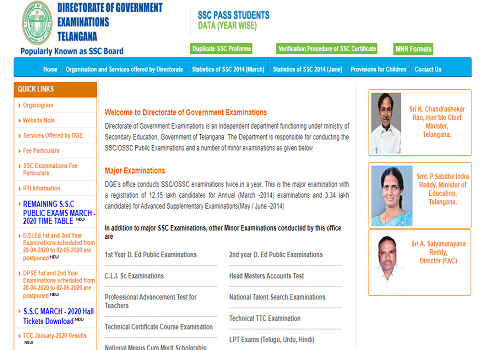NCERT answers for class 11 physics- Foundations for science and engineering are the chapters covered in the science branch in grades 11 and 12. You may strengthen the basis of physics by using simple tools such as class 11 physics ncert answers. NCERT physics for class 11 is separated into two parts: part 1 and part 2. Part 1 has eight chapters, while Part 2 includes seven. NCERT answers for class 11 physics for both sections are essential and useful for board examinations.
NCERT answers are useful for preparing for competitive examinations such as NEET, JEE Main, and KVPY. NCERT answers for class 11 physics are building blocks that may be used to tackle questions from other reference books.
Here are some of the benefits of getting the ncert class 11th physics chapter solution:
Improved Understanding of Related Concepts: The thorough Class 11 Physics Solutions will assist you in better understanding the concepts.
Acts as a Practice Reference: If students have any questions when practicing, they can refer to the solutions offered here. It will also aid in the expeditious review of the complete course.
Thorough Solutions: The detailed, step-by-step solutions presented here will assist students in improving their problem-solving skills.
Aids in Getting a Glimpse of the Subject: By using these solutions, you will have a deeper understanding of the entire subject.
Helpful in Competitive Exams: These solutions would also be useful if you are studying for competitive exams such as NEET and JEE.
Contents
Here is what students study in class 11th physics:
Physical-world:
This chapter, Physical World, is an introductory chapter that provides an introduction of what Physics is and how it attempts to explain numerous physical occurrences using a few ideas and principles. The chapter then discusses several schools of physics – Classical Physics and Quantum Physics – and what they are all about. You will also learn about the connection between physics, technology, and society.
Unit and Dimension:
This chapter will teach you how to measure various physical quantities. A fundamental, universally recognized reference standard is used to measure physical quantities. This is referred to as a unit. The physical quantity is measured by comparing it to this unit. There are both basic and derived units (which can be expressed as a combination of the fundamental units); students study units and dimensions.
Kinematics:
This chapter begins by describing motion – the change in position of an item with time – and then on to describe the motion of an object in a straight line. This is sometimes referred to as rectilinear motion. Graphs and equations are used to describe many terminologies connected to Rectilinear Motion, such as location, path length, displacement, average and instantaneous velocity and speed, and acceleration. This chapter will teach you about the motion of an object on a plane or in two dimensions and how to measure it. To begin, you will learn about scalars (quantities with only magnitude) and vectors (quantities that have both magnitude and directions).
This chapter discusses how motion is created. The law of inertia will be introduced, followed by Newton’s first, second, and third laws of motion. With specific examples, you will understand how objects move, what force is, the direction of force and the consequent motion, the influence of gravitation, and so on. The chapter also defines momentum and the conservation of momentum, as well as the idea of equilibrium, which occurs when the net force exerted on a body is zero.
Work and Energy:
This chapter will teach you about labour, power, and energy, three very widely used concepts in science, as well as the link between these three physical variables. Equations are used to develop the Work-Energy Theorem.
Centre of Mass and Momentum:
This chapter discusses the theoretical and mathematical elements of extended body motion. The main of this chapter is to make students know about the center of mass of different objects and the momentum of the same.
Gravitation
We are well aware that gravity forces all objects to descend towards the earth. This chapter will provide you with a thorough grasp of gravitational force and associated topics. Kepler laws are also what we study in gravitation
Rotational Motion:
You’ve learned that the motion of a body is determined by how its mass is distributed inside it. However, your comprehension was limited to a simpler case of rigid bodies — you studied the motion of rigid bodies in which the hard solid body has a known shape and size. In actual life, however, bodies, even a rod of iron, are not rigid in the strictest meaning of the word – they may be bent, strained, or squeezed.
Fluid Dynamics:
Fluids are liquids and gases that can flow. This chapter will teach you about some of the fundamental physical features of fluids. The chapter also discusses how fluids vary from solids, as well as the similarities and differences between liquids and gases.
These are some of the brief concepts of chapters that students study in class 11th physics. Infinity learn is the website where students can learn more about physics this website apart from concepts also provide students with the ncert 11 physics solution.




